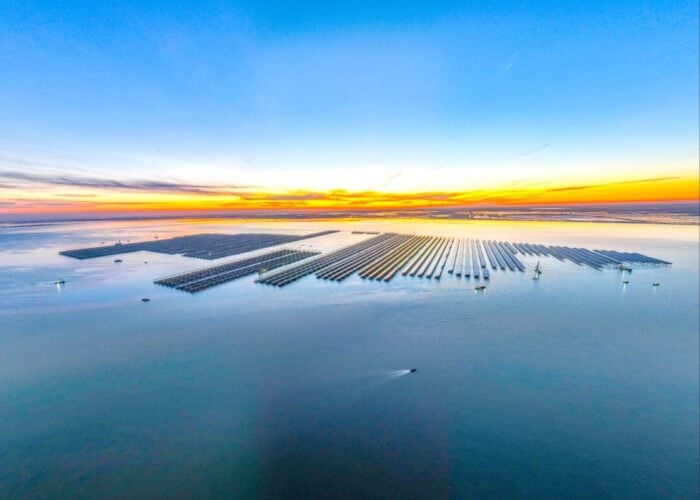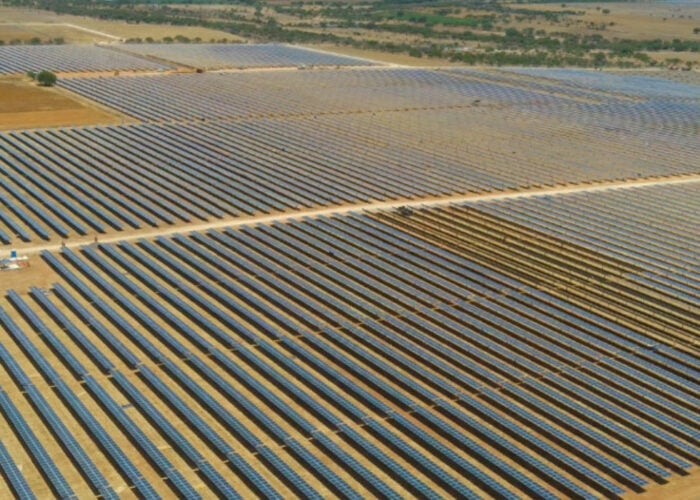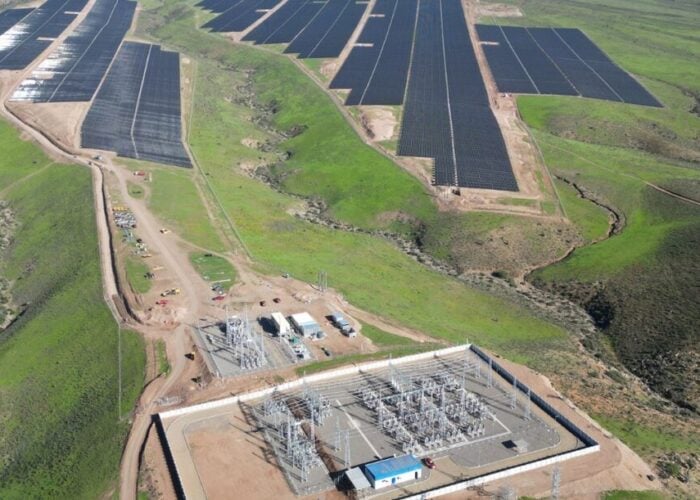The present buoyant relations between the US and India over clean energy policy could face their first test next week as a World Trade Organization panel prepares to hear a US complaint over India’s solar domestic content requirement.
A visit to India this week by US president Barack Obama has seen a number of advances in the two countries’ clean energy partnership, including a pledge by Obama to invest US$2 billion of US Trade and Development Agency money in Indian renewable energy projects.
Try Premium for just $1
- Full premium access for the first month at only $1
- Converts to an annual rate after 30 days unless cancelled
- Cancel anytime during the trial period
Premium Benefits
- Expert industry analysis and interviews
- Digital access to PV Tech Power journal
- Exclusive event discounts
Or get the full Premium subscription right away
Or continue reading this article for free
But on 3 February a WTO dispute panel is due to hear the US’ ongoing complaint that the domestic content requirement in India’s JNNSM national solar mission discriminates against foreign players looking to access opportunities in India.
When it first lodged its complaint in 2013, the US maintained that the JNNSM’s domestic content element, which required projects awarded contracts under the programme to use locally produced cells and modules, broke global trade agreements.
What may work in India’s favour now, though, is that the world has moved on significantly since then.
Last year India dropped an investigation into alleged dumping of solar equipment by foreign players, including those from the US. That investigation had threatened to sour relations between India and a number of countries eyeing the opportunities there for their domestic solar players.
Furthermore, both the scale of opportunity in India’s solar market and the country’s domestic content requirement have undergone dramatic changes since the US first lodged its complaint.
Perhaps most significant is the fact that India has now ramped its solar target to a huge 100GW by 2022, up from around 3GW installed today. Within that, the domestic content element now only accounts for a fraction of the total.
“What is important to understand is the larger context, which is that India is now planning to do a lot more solar than what was originally planned and that the domestic content part will only be a very small part of it,” Jasmeet Khurana, analyst at Delhi-based consultancy, Bridge to India, told PV Tech today. “India wants to do multiple gigawatts a year and the DCR part will hardly be a few hundred megawatts, which means that the overall share where US companies can play in the Indian market is large enough.”
Another important development highlighted by Khurana is that the Indian government has sought to head off further tensions over its domestic content policy by altering the parameters of the policy.
“Before what was happening was that through a bidding process, private developers were buying modules and had to ensure a part of it was domestic content,” Khurana explained. “Now what the government wants to do is to move that domestic content part to public companies, government-owned companies – that means the preferential sourcing through domestic content requirements is not a violation of WTO rules.”
Indeed, such is the apparent level of good feeling between the US and India on clean energy matters, that, according to one report yesterday in the Wall Street Journal, the US is likely to drop the case. The WSJ quoted an unnamed official in India’s Ministry of New and Renewable Energy, who, like Khurana, cited the step change in the scale of the opportunities now open to solar firms form the US and elsewhere in the Indian market as justification for the complaint to be dropped.
Khurana said he had heard no official confirmation from the MNRE that the case would be dropped.
But he said that even if the US did choose to pursue its complaint and won, the effect would be minimal; “Even if the US wants to pursue its complaint and the WTO rules in favour of the US, the government of India has already modified the DC part in such a way that it will be compliant with the WTO.”






